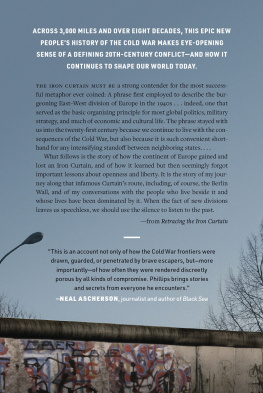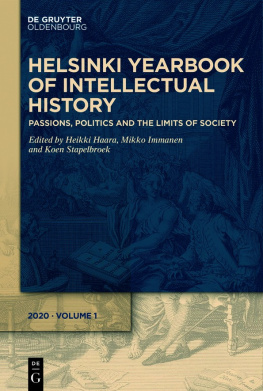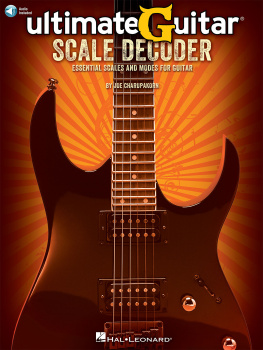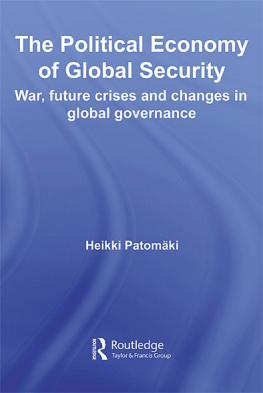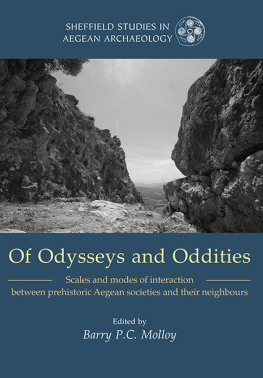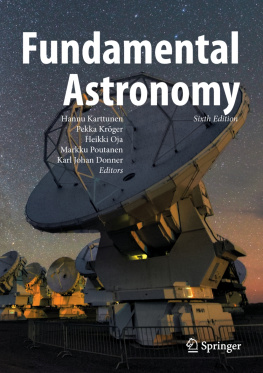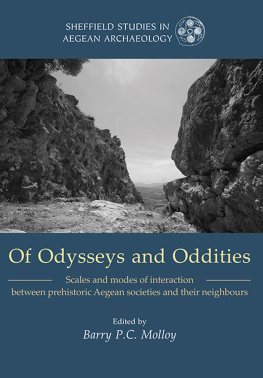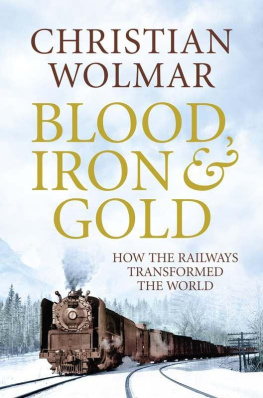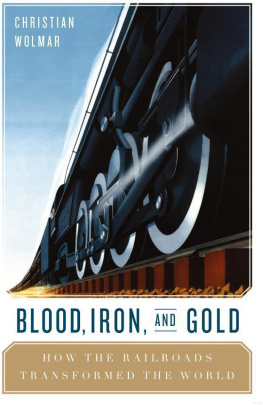CURTAINS OF IRON AND GOLD
Curtains of Iron and Gold
Reconstructing Borders and Scales of Interaction
Edited by
HEIKKI ESKELINEN, ILKKA LIIKANEN AND JUKKA OKSA
Karelian Institute, University of Joensuu
First published 1999 by Ashgate Publishing
Reissued 2018 by Routledge
2 Park Square, Milton Park, Abingdon, Oxon OX14 4RN
711 Third Avenue, New York, NY 10017, USA
Routledge is an imprint of the Taylor & Francis Group, an informa business
Copyright Heikki Eskelinen, Ilkka Liikanen and Jukka Oksa 1999
All rights reserved. No part of this book may be reprinted or reproduced or utilised in any form or by any electronic, mechanical, or other means, now known or hereafter invented, including photocopying and recording, or in any information storage or retrieval system, without permission in writing from the publishers.
Notice:
Product or corporate names may be trademarks or registered trademarks, and are used only for identification and explanation without intent to infringe.
Publishers Note
The publisher has gone to great lengths to ensure the quality of this reprint but points out that some imperfections in the original copies may be apparent.
Disclaimer
The publisher has made every effort to trace copyright holders and welcomes correspondence from those they have been unable to contact.
A Library of Congress record exists under LC control number: 98041358
ISBN 13: 978-1-138-61214-3 (hbk)
ISBN 13: 978-0-429-46090-6 (ebk)
Contents
Heikki Eskelinen, Llkka Liikanen and Jukka Oksa
Anssi Paasi
Josef Langer
Sergei Medvedev
Pirjo Jukarainen
Alexander Granberg
Thomas Christiansen and Pertti Joenniemi
Perttu Vartiainen
J. Ilari Karppi
Olga Brednikova
Eiki Berg
James Wesley Scott
Franz Barjak
Doris Wastl-Walter and Andrea Kofler
gnes Pl and Imre Nagy
Norris Clement, Paul Ganster and Alan Sweedler
Jukka Oksa
Kimmo Katajala
Tarja Cronberg
Heikki Eskelinen, Elisa Haapanen and Pavel Druzhinin
Larisa Boichenko and Kaija Heikkinen
Ilkka Liikanen
Jyrkiki Kknen
Franz Barjak, Institute for Economic Research, Halle, Germany
Eiki Berg, University of Tartu, Estonia
Larisa Boichenko, Karelian Centre for Gender Research, Petrozavodsk, Russia
Olga Brednikova, Centre for Independent Social Research, St. Petersburg, Russia
Thomas Christiansen, University of Wales, Aberystwyth, U.K.
Norris Clement, San Diego State University, USA
Tarja Cronberg, Regional Council of North Karelia, Joensuu, Finland
Pavel Druzhinin, Karelian Research Centre, Petrozavodsk, Russia
Heikki Eskelinen, University of Joensuu, Finland
Paul Ganster, San Diego State University, USA
Alexander Granberg, CPFDEC, Moscow, Russia
Elisa Haapanen, University of Joensuu, Finland
Kaija Heikkinen, University of Joensuu, Finland
Pertti Joenniemi, Copenhagen Peace Research Institute, Denmark
Pirjo Jukarainen, University of Joensuu, Finland
J. Ilari Karppi, University of Tampere, Finland
Kimmo Katajala, University of Joensuu, Finland
Andrea Kofler, University of Bern, Switzerland
Jyrki Kknen, University of Tampere, Finland
Josef Langer, University of Klagenfurt, Austria
Ilkka Liikanen, University of Joensuu, Finland
Sergei Medvedev, The Finnish Institute of International Affairs, Helsinki, Finland
Imre Nagy, Hungarian Academy of Sciences, Bkscsaba, Hungary
Jukka Oksa, University of Joensuu, Finland
Anssi Paasi, University of Oulu, Finland
gnes Pl, Jhsz Gyula Teacher Training College, Szeged, Hungary
Alan Sweedler, San Diego State University, USA
Perttu Vartiainen, University of Joensuu, Finland
James Wesley Scott, IRS, Erkner, Germany
Doris Wastl-Walter, University of Bern, Switzerland
This book emerged from a conference held during the longest days of the northern summer of 1997. A group of some 70 scholars discussed borders and changing border regimes in two neighbouring towns, Sortavala in Russia and Joensuu in Finland, on the different sides of the EU-Russian border.
The conference continued the series launched in Berlin in 1994. It was organized by the Karelian Institute (University of Joensuu, Finland) in cooperation with the Tampere Peace Research Institute (University of Tampere, Finland), the Institute of International Security and Conflict Resolution, and the Institute of Regional Studies (San Diego State University, California, USA). The editors of the present volume were members of the organizing committee.
The writing of this book turned out to be a novel, virtual gathering. Additional chapters were written specifically for the present volume, and some of the papers discussed at the original conference were thoroughly revised. Interaction between thirty authors and three editors across various barriers to communication, including disciplinary borders, has been a truly inspiring and instructive process. The contributors of the chapters have been most cooperative, and deserve sincere thanks.
Clearly, the publication of this volume owes much to a number of persons and organizations. We are especially grateful to the following.
The Academy of Finland and the Norwegian Institute of International Affairs provided financial support to the conference. From the early stages of preparing this volume, the representatives of the Ashgate Publishing Company were extremely responsive to our endeavour. Here at the Karelian Institute, the key persons include Tuula Nylander, who was responsible for the layout, wordprocessing and technical editing, and Lea Kervinen, who helped with maps and figures. One of the authors, Pirjo Jukarainen, prepared the index. And finally, Roy Goldblatt, the three editors editor, was always around when the tarnished variants of the English language were in need of polishing.
Joensuu, Midsummer 1998
Heikki Eskelinen Ilkka Liikanen Jukka Oksa
Heikki Eskelinen, Ilkka Liikanen, Jukka Oksa
Borders and border regions are in a state of flux in post-Cold War Europe. The East-West divide does not exist any longer in the form of the clear-cut Iron Curtain, separating two security blocs, two politico-economic systems, and two ideologically and culturally distinct worlds. Its aftermath, more blurred in appearance, is conceptualized in terms of many, partly overlapping processes. Globalisation, integration and regionalization are some of the key words in the current debates on the dynamics of the European scene.
Persistent Legacies
Although there is indisputable evidence, including that contained in the present volume, of profound changes in the meanings of borders and ways of cross-border interaction, there are also more permanent features, which are important for conceptualizing and understanding the dynamics of border regimes. Here, the most exciting debates concern the East-West divide, the existence of borders, and the future of the nation-state.




